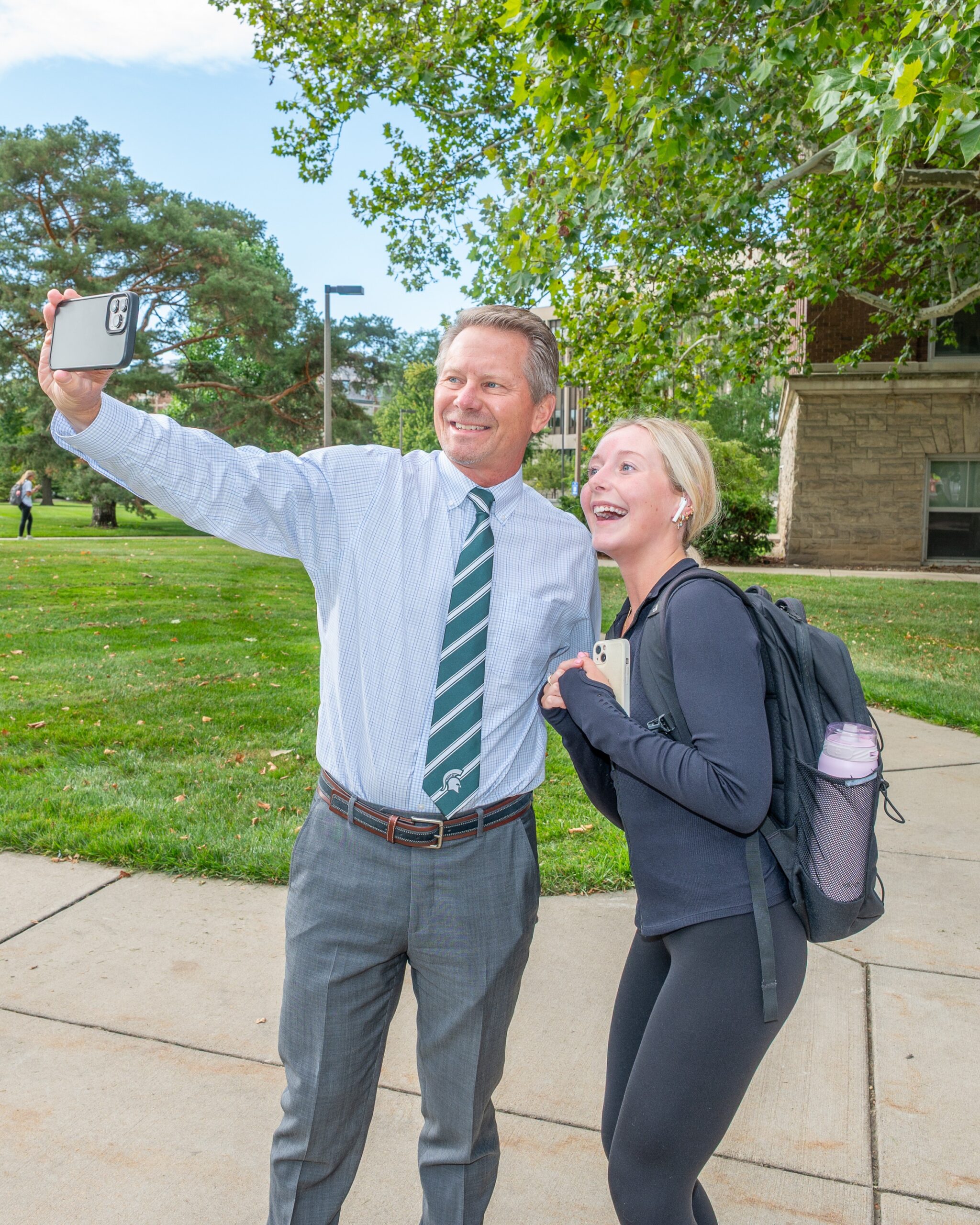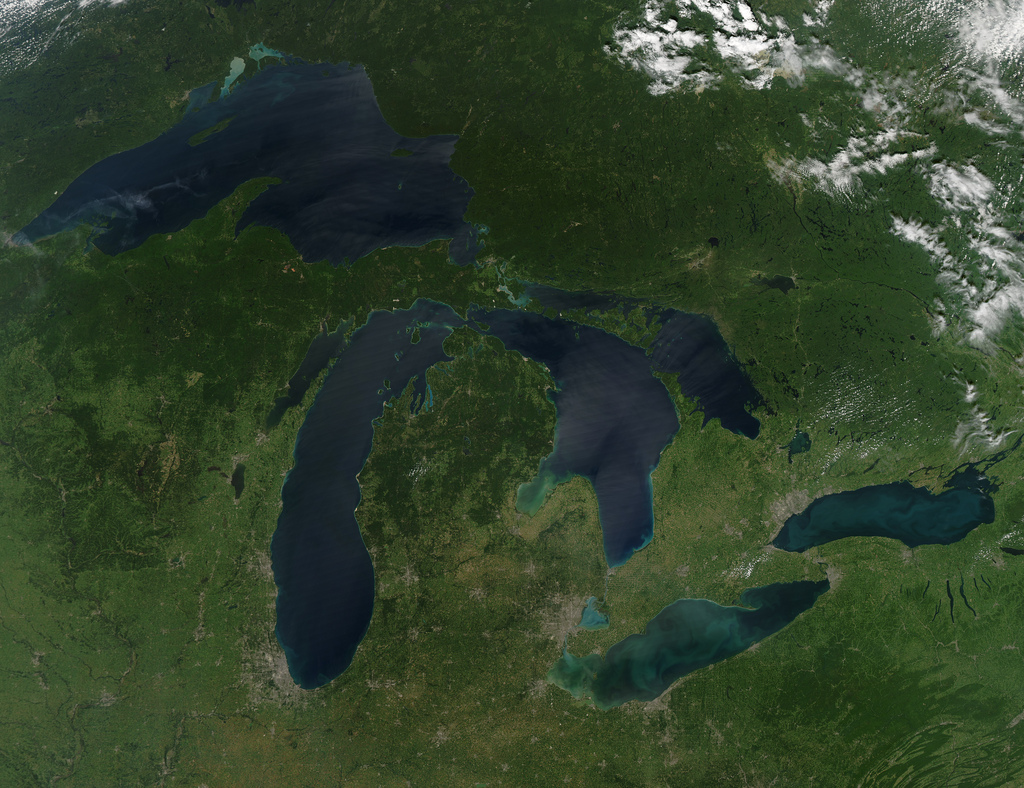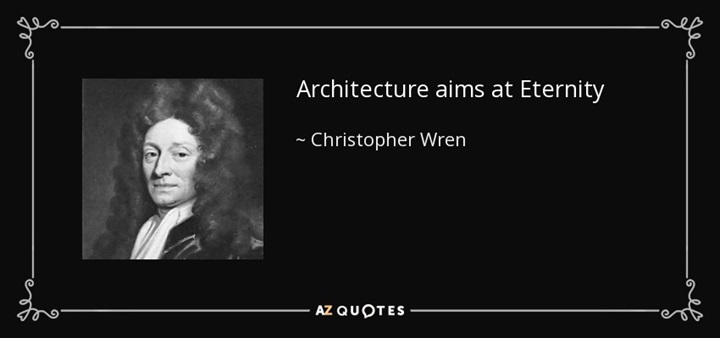Author Archives: mike@standardsmichigan.com
- Home
- Articles posted by mike@standardsmichigan.com (Page 21)

Occupancy Classification and Use
The Code Council partnered with @ConstructReach, a construction industry workforce development initiative and consultancy, to host “I built this!”, a work-based learning event at the #ICCAC24 expo. pic.twitter.com/o7KTAaV1xh
— IntlCodeCouncil (@IntlCodeCouncil) October 22, 2024
Libraries are multi-functional spaces and at the physical, and the heart, of any school, college or university. We take special interest in this discussion. Leaving the evolution toward “media centers” aside, the relevant passage in the current International Building Code that applies to library occupancy classification and use is linked below:
Chapter 3 Occupancy Classification and Use
Welcome to math class!
Year 16, woot woot! pic.twitter.com/5IIuQ3Tomc— Ashley (@PlanterAsh) November 6, 2025
The original University of Michigan advocacy enterprise may have raised the level of debate on structural engineering three cycles ago. Without any specific interest from attendees we will review our proposals in previous revision cycles:
- Education facilities as storm shelters
- Enhanced classroom acoustics
- Carbon monoxide detection in Group E occupancies
- Locking arrangements in educational occupancies
- Interior lighting power allowances for classrooms
- Occupancy sensors for classrooms
- Automatic control of receptacle power in classrooms and laboratories
- Expansion of voltage drop requirements into customer-owned service conductors
This is about as much as we can sort through this week. We will host another focus teleconference next week. See our CALENDAR for the date.
Finally, we persist in encouraging education industry facility managers (especially those with operations and maintenance data) to participate in the ICC code development process. You may do so by CLICKING HERE.
Real asset managers for school districts, colleges, universities and technical schools in the Albuquerque region should take advantage of the opportunity to observe the ICC code-development process. The Group B Hearings are usually webcast — and we will signal the link to the 10-day webcast when it becomes available — but the experience of seeing how building codes are determined is enlightening when you can watch it live and on site.
Issue: [16-169]
Category: Architectural, Facility Asset Management, Space Planning
Colleagues: Mike Anthony, Jack Janveja, Richard Robben
#StandardsNewMexico
LEARN MORE:
ICC Group B Code Development Schedule
Plan now to participate in the International Code Council's 2019 Committee Action Hearings in Albuquerque, April 28 – May 8. Your expertise & participation in this year's code hearings are vital. Register for FREE now! https://t.co/kuLDyCiOH6 #CodeHeroes #BuildingSafety365 pic.twitter.com/SpZuehOmd8
— IntlCodeCouncil (@IntlCodeCouncil) March 6, 2019
Every month we direct our colleagues in the education industry to the US Census Department’s monthly construction report to make a point: at an average annual clip of about $75 billion, the education industry is the largest non-residential building construction market in the United States. A large part of that construction involves infrastructure upgrades of existing buildings that contribute to sustainability goals but may not make flashy architectural statements for philanthropists.
EDUCATION INDUSTRY CONSTRUCTION SPEND
The International Existing Building Code (IEBC) is a model code in the International Code Council family of codes intended to provide requirements for repair and alternative approaches for alterations and additions to existing buildings (LEARN MORE). A large number of existing buildings and structures do not comply with the current building code requirements for new construction. Although many of these buildings are potentially salvageable, rehabilitation is often cost-prohibitive because compliance with all the new requirements for new construction could require extensive changes that go well beyond the value of building or the original scope of the alteration.
Education facility planners, architects and managers: Sound familiar?
ICC administered workgroups have been convening with considerable frequency over the past several months to pull together a number of relevant concepts for the next (2019 Group B) revision. For the purpose of providing some perspective on the complexity and subtlety of the issues in play, a partial overview of working group activity is available in the links below. Keep in mind that there are many other proposals being developed by our ICC working group and others.
IEBC Healthcare for BCAC December 11 2018
16-169 IEBC BCC Worksheet October 2-3 2018
There are other many other issues we have been tracking. The foregoing simply presents the level of detail and subtlety that is noteworthy.
On Tuesday the ICC has released its the complete monograph for use at the Group B Committee Action Hearings, April 28-May 8 at the Albuquerque Convention Center:
It is a large document — 2919 pages — so keep that in mind when accessing it. There are many issues affecting #TotalCostofOwnership of the education facility industry so we will get cracking on it again next week. See our CALENDAR for the next online teleconference. Use the login credentials at the upper right of our home page.
Finally, we persist in encouraging education industry facility managers (especially those with operations and maintenance data) to participate in the ICC code development process. You may do so by CLICKING HERE. Real asset managers for school districts, colleges, universities and technical schools in the Albuquerque region should take advantage of the opportunity to observe the ICC code-development process. The Group B Hearings are usually webcast — and we will signal the link to the 10-day webcast when it becomes available — but the experience of seeing how building codes are determined is enlightening when you can watch it live and on site.
Issue: [16-169]
Category: Architectural, Facility Asset Management, Space Planning
Colleagues: Mike Anthony, Jack Janveja, Richard Robben
#StandardsNewMexico
LEARN MORE:
ICC Group B Code Development Schedule
Plan now to participate in the International Code Council's 2019 Committee Action Hearings in Albuquerque, April 28 – May 8. Your expertise & participation in this year's code hearings are vital. Register for FREE now! https://t.co/kuLDyCiOH6 #CodeHeroes #BuildingSafety365 pic.twitter.com/SpZuehOmd8
— IntlCodeCouncil (@IntlCodeCouncil) March 6, 2019
Well Water Quality
Michigan Central | Water 330 | 2021 Michigan Plumbing Code
Protect the water quality of your water well
One of the first activities upon waking is interacting with water. Approximately 25% of households in the state of Michigan rely on private well water as their primary drinking water source. This figure comes from the Michigan Department of Environment, Great Lakes, and Energy (EGLE), which estimates nearly 1.12 million households use private wells out of a total of roughly 4.1–4.6 million households statewide (based on U.S. Census data and population estimates of about 10 million residents, with an average household size of 2.5).
Other sources, such as Michigan State University Extension and the Michigan Water Stewardship Program, report slightly higher figures of 44–45% for overall groundwater reliance (including public systems drawing from aquifers), but the specific share for private household wells aligns with the 25% estimate from EGLE. Rural and southeastern areas of the state have the highest concentrations.
Sunday Brunch Menu | 10:30 – 1:30 AM Heritage Room
Michigan State was recently named a “dream school” in the nation, a university that’s not focused on prestige, but on value, access and outcomes. pic.twitter.com/ZMnO5szPMd
— MSU (@michiganstateu) November 7, 2025
Most non-Midwesterners have no idea how violent and deadly the Great Lakes get 🙏🙏 pic.twitter.com/25coVuUjaM
— G-PA INDY (@GPAIndiana) November 8, 2025
Desert Research Institute
This content is accessible to paid subscribers. To view it please enter your password below or send mike@standardsmichigan.com a request for subscription details.
Well Water
This content is accessible to paid subscribers. To view it please enter your password below or send mike@standardsmichigan.com a request for subscription details.
Fruit Pie Fillings
https://extension.psu.edu/lets-preserve-fruit-pie-fillings
https://extension.psu.edu/lets-preserve-apples
“All People That On Earth Do Dwell”
This hymn traces back to the 16th century; also known as “The Old Hundredth”. The hymn first appeared in the Anglo-Genevan Psalter, a collection of psalms and hymns used by English-speaking Protestant congregations in Geneva and later in England. The tune is credited to Louis Bourgeois, a French composer and music editor who collaborated on the Genevan Psalter. The psalter was influenced by the work of John Calvin and other Reformed theologians.
History of Western Civilization Told Through the Acoustics of its Worship Spaces
Schools turn to prefabricated classrooms to create space quickly
CBC News (The National): Canada is challenged by a surge in asylum seekers from failed nations entering irregularly via the U.S. border or overstaying visas, straining public services amid a housing crisis. With 57,440 asylum claims in early 2025—up 22% from 2024, including 5,500 from international students—overcrowded schools in provinces like Ontario and British Columbia face acute shortages, especially for English-language programs.
To address this, jurisdictions are deploying modular prefabricated school buildings as a rapid, cost-effective solution. These portable yet permanent structures, like those at B.C.’s David Cameron Elementary, add capacity for 190+ students in months, easing enrolment pressures without long construction delays.
National Building Code of Canada 2020
British Columbia School Building Construction
Problems pic.twitter.com/2BwBOu30Jd
— GreatLakesLady (@GreatlakesladyM) October 6, 2025
Canadian Parliament Debate on Standards Incorporated by Reference
Accessible and Usable Buildings and Facilities
This content is accessible to paid subscribers. To view it please enter your password below or send mike@standardsmichigan.com a request for subscription details.
New update alert! The 2022 update to the Trademark Assignment Dataset is now available online. Find 1.29 million trademark assignments, involving 2.28 million unique trademark properties issued by the USPTO between March 1952 and January 2023: https://t.co/njrDAbSpwB pic.twitter.com/GkAXrHoQ9T
— USPTO (@uspto) July 13, 2023
Standards Michigan Group, LLC
2723 South State Street | Suite 150
Ann Arbor, MI 48104 USA
888-746-3670





















